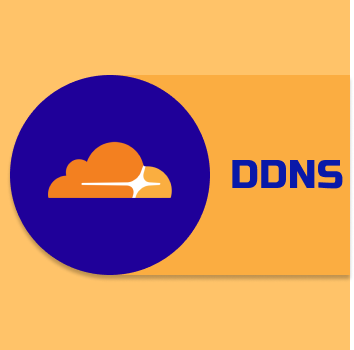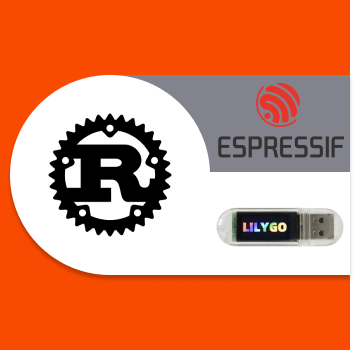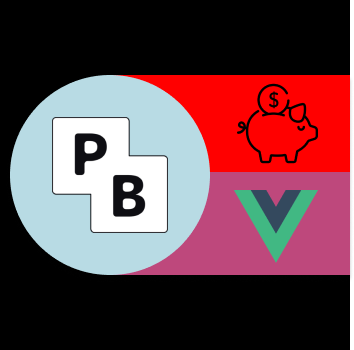I wanted to explore the process of sending server messages to PWA apps. In this blog post, I will guide you through the steps I took to set up this functionality using Vite.

I wanted to explore the process of sending server messages to PWA apps. In this blog post, I will guide you through the steps I took to set up this functionality using Vite.

Mosquitto, one of the widely used MQTT brokers, offers robust user authentication through username and password combinations. However, creating password files using the official terminal tool ‘mosquitto_passwd’ can be a challenging task. To address this issue, I have developed an online tool that simplifies this process, making it more accessible and user-friendly.

Use your web browser to connect to an MQTT broker and create alerts based on the messages that you receive. It is also possible to connect to a serial device and send commands (e.g., make an LED blink) based on the alerts that you created. Another feature is the ability to receive messages from a serial device and publish these messages to a specific topic with the help of a JavaScript decoder.

This week, I switched to a different telecommunications provider, which led to a dynamic public IP address. Consequently, in today’s blog post, I will discuss the implementation of CloudFlare DNS Service as a Dynamic DNS provider. This configuration ensures that services hosted on the home network remain accessible to remote users through a stable and automatically updated domain name.

Today I will share my journey of preparing a working environment to develop Rust for Espressif boards. Discover how I made the decision to work with Rust for embedded systems, a language known for its safety, speed, and reliability. I’ll also guide you through the process of preparing your development environment, like installing necessary tools, and configuring your workspace to program Rust in VS Code using Docker Dev Containers.

PocketBase is an open source Go backend that features an embedded database and an admin dashboard UI. As part of this project, I developed an app to manage a piggy bank associated with the sale of products. With this app the users can register how many products they bought and also register the amount they left (charge) in the piggy bank by indicating the amount and taking a photo as proof.

Have you ever wanted to control or configure an Arduino board using a user-friendly graphical interface? In this blog post, I will explain how to build a GUI with Electron (a popular framework for building cross-platform desktop applications) and Vue. With this application, you’ll be able to list Serial Devices and easily send data to an Arduino with a click of a button.
